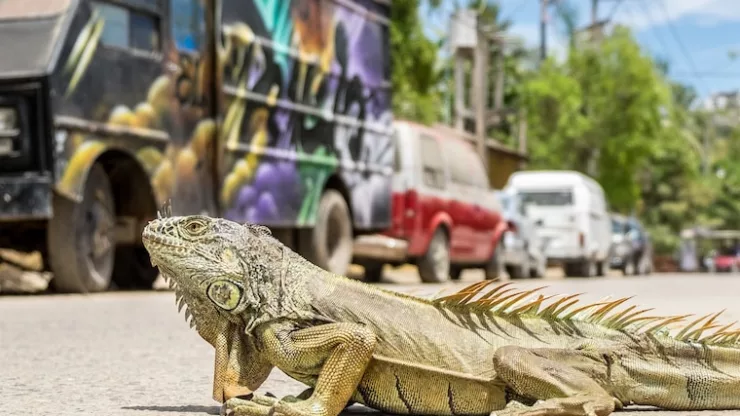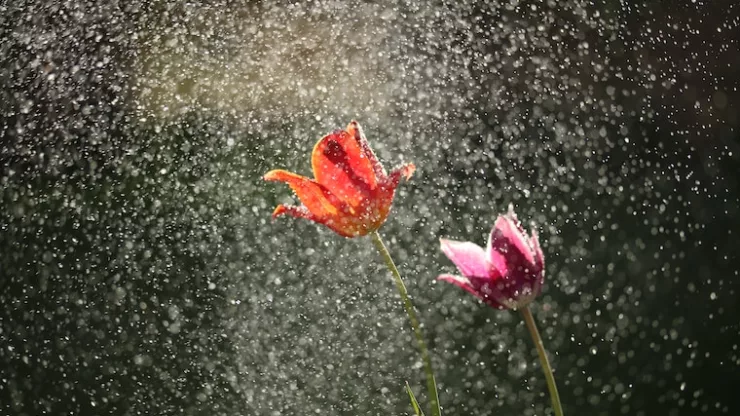Jump to Section
Introduction
Urbanization has led to the loss of natural habitats and biodiversity in many cities. One of the most affected habitats is ponds and wetlands.
These ecosystems are essential for the survival of many species, but they are often drained or filled in to make way for development.
However, even in urban areas, it is possible to create mini wetland oases that can support pond life.
By doing so, we can help to increase the biodiversity of our cities and support the survival of many species.
The Importance of Ponds and Wetlands
Ponds and wetlands are some of the most important ecosystems on our planet.
They are home to a vast array of species, including frogs, toads, newts, fish, insects, and birds.
These ecosystems also provide important ecosystem services, such as water filtration, erosion control, and carbon sequestration.
Unfortunately, many urban areas have lost their ponds and wetlands due to development.
This has had a devastating impact on the species that rely on these habitats for survival.
By creating mini wetland oases in urban areas, we can help to support these species and increase the biodiversity of our cities.
Creating a Mini Wetland Oasis
Creating a mini wetland oasis is relatively simple and can be done in almost any garden or outdoor space.
The key is to mimic the natural conditions of a wetland as closely as possible.
Here are the steps to creating a mini wetland oasis:
Step 1: Choose a Location
The first step in creating a mini wetland oasis is to choose a suitable location.
Ideally, this should be an area that receives plenty of sunlight and is relatively flat.
It should also be an area that is not prone to flooding, as this could harm the plants and animals that live in the wetland.
Step 2: Dig a Hole
The next step is to dig a hole in the chosen location. The size of the hole will depend on the size of your mini wetland oasis.
A good rule of thumb is to make the hole about twice as wide as you want your wetland oasis to be.
Step 3: Line the Hole
Once you have dug the hole, you will need to line it with a waterproof liner. This can be a pond liner or a heavy-duty plastic sheeting.
Make sure that the liner is large enough to cover the entire hole and that it is securely anchored in place.
Step 4: Add Gravel and Sand
The next step is to add a layer of gravel and sand to the bottom of the hole.
This will help to provide a stable base for the plants that you will be adding later.
Make sure that the layer of gravel and sand is at least a few inches thick.
Step 5: Add Water
Once you have added the layer of gravel and sand, it is time to add water to your mini wetland oasis.
Fill the hole with water until it is about six inches deep.
This will provide a suitable depth for the plants and animals that will live in your wetland oasis.
Step 6: Add Plants
The final step is to add plants to your mini wetland oasis. Choose plants that are native to your area and that are suitable for wetland conditions.
Some good options include cattails, rushes, water lilies, and sedges.
Make sure that you plant the plants at the appropriate depth and that they have enough space to grow.
Conclusion
Creating a mini wetland oasis is a great way to support urban pond life and increase the biodiversity of our cities.
By following the steps outlined in this article, you can create a mini wetland oasis in almost any outdoor space.
Not only will this help to support the species that rely on these habitats for survival, but it will also provide a beautiful and unique addition to your garden or outdoor space.
FAQs
How much maintenance does a mini wetland oasis require?
Mini wetland oases require relatively little maintenance.
However, it is important to keep an eye on the water levels and to remove any debris that may accumulate in the wetland.
Can a mini wetland oasis attract mosquitoes?
Mosquitoes can be a problem in wetland habitats. However, by adding fish to your mini wetland oasis, you can help to control the mosquito population.
Are there any legal considerations when creating a mini wetland oasis?
Depending on where you live, there may be regulations that govern the creation of wetlands.
It is important to check with your local authorities before creating a mini wetland oasis.
Can a mini wetland oasis be created in a container?
Yes, it is possible to create a mini wetland oasis in a container.
However, the container must be large enough to support the plants and animals that will live in the wetland.
What are some of the benefits of creating a mini wetland oasis?
Creating a mini wetland oasis can help to increase the biodiversity of your area, provide important ecosystem services, and create a beautiful and unique addition to your garden or outdoor space.
I’m a nature enthusiast and creator of Metro Wilds and have spent years exploring the great outdoors.
With a passion for environmental conservation and sustainability, I have dedicated my career to writing about the beauty and wonders of nature, as well as the threats facing our planet.
Contact me at [email protected] for assistance.





